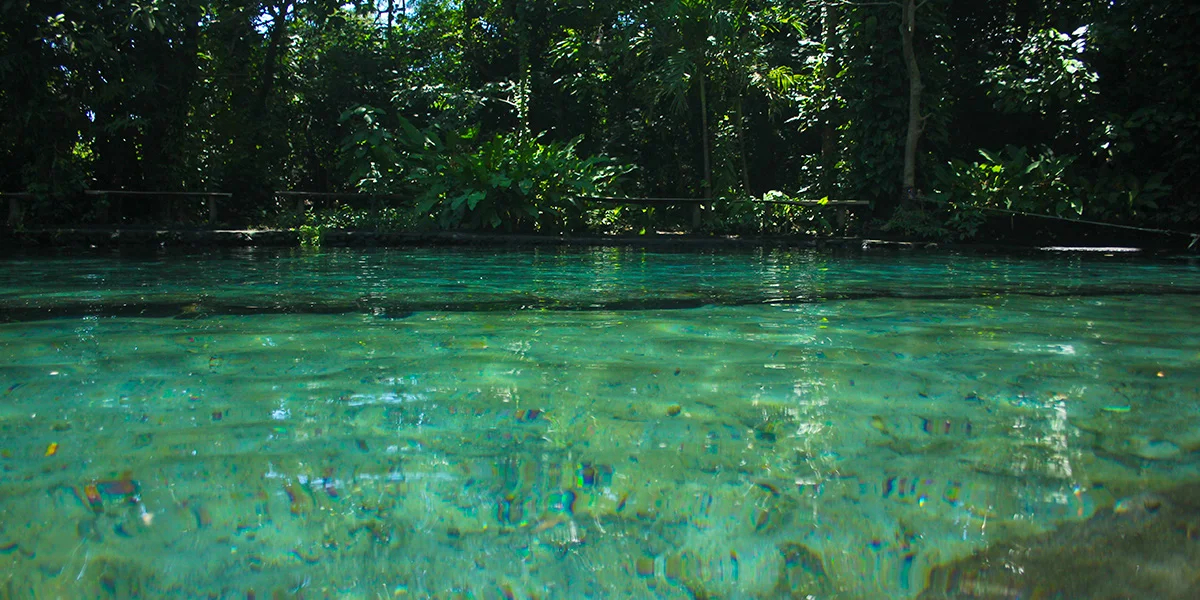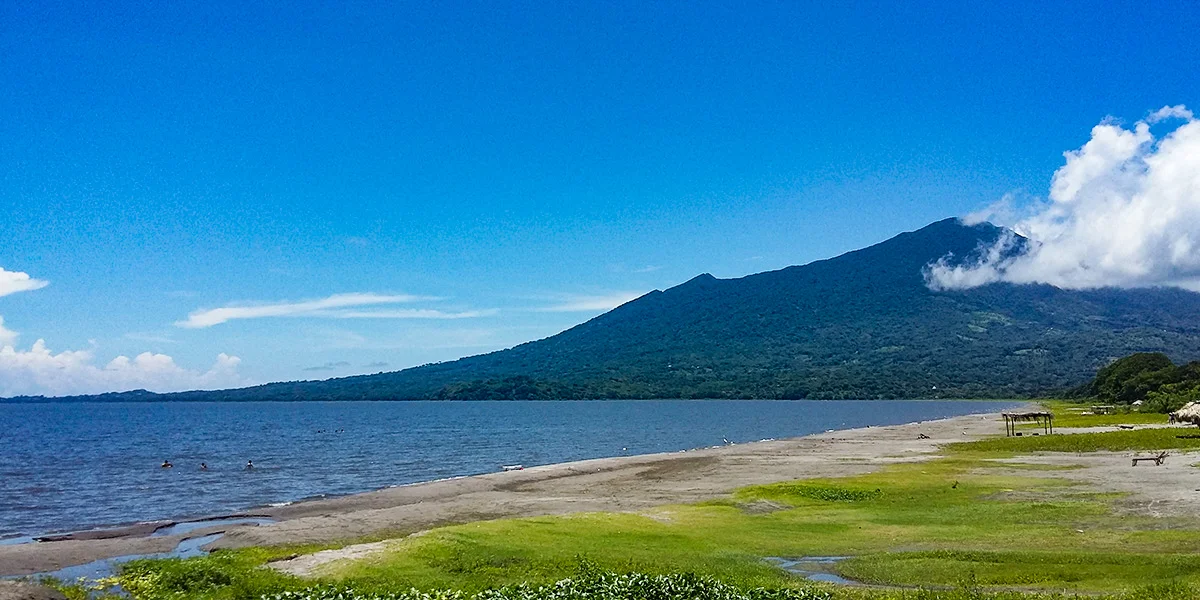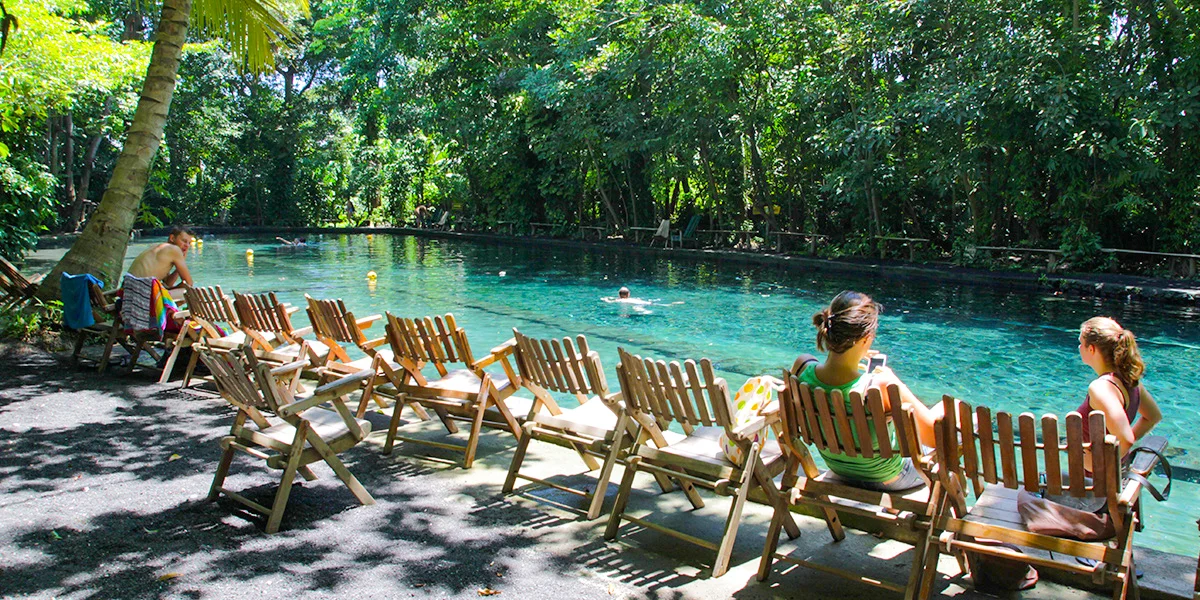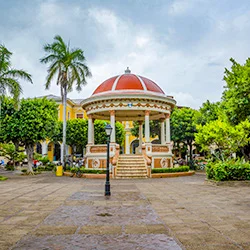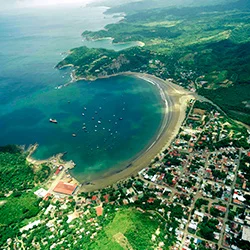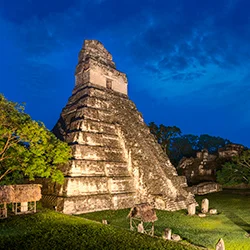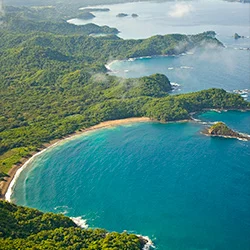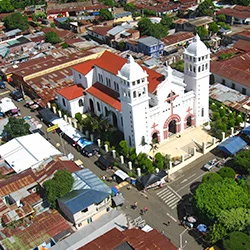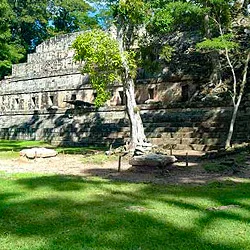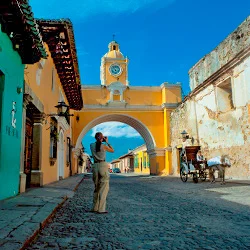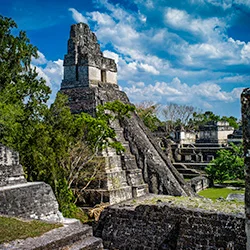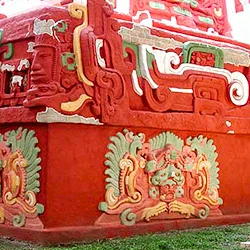Ometepe Island
THE BIGGEST ISLAND OF THE WORLD IN A LAKE OF FRESH WATER
With 276 square kilometers, the Ometepe Island, a word of Nahuatl origin that means Ome: dos, and tepetl: hills, is the largest island in the world in a freshwater lake. It is known as “Sacred Site” where the gods lived. It comprises two municipalities, Moyogalpa and Altagracia, and is located in Lake Nicaragua or Cocibolca, guarded by two volcanic colossi, the Maderas and the Concepción. United by a thin and flat isthmus, the volcanoes give the island the shape of an hourglass. Declared by the UNESCO as a Biosphere Reserve in 2010, Ometepe is captivating, full of history, and offers breathtaking views and a wide range of entertainment activities.
The tribes Caribisis of South America, Chorotegas, Nahuas, and other tribes populated the island during the pre-Columbian era. A large number of petroglyphs and stone idols distributed throughout the island attest to their indigenous experience.
Altagracia or Aztagalpa was the indigenous capital of Ometepe in pre-Columbian times, populated by the tribe of the Chibchas, descendants of the Chorotegas and Nagrandanos. Its church, in the center of the town, boasts some of the largest stone idols found in Ometepe. Other vestiges of the pre-Columbian past of the island are found in the archaeological museum, which also offers cultural and geological information.
Moyogalpa, which in the ancient language Nahuatlaca means “Town of Los Mosquitos or Zancudos“, is the largest town and largest commercial center of the island. For travelers with a tight schedule, Moyogalpa is a good base to explore Ometepe while enjoying the amenities of a small town with its selection of hotels, restaurants and recreation services. It is a good starting point for a walk to the Concepción Volcano.
Ometepe is easily accessible on a one-hour ferry ride from San Jorge, Rivas. Promoted as an “Oasis of Peace”, Ometepe also offers attractions such as the Charco Verde Ecological Reserve, Santo Domingo Beach, Jesús María Point, San Ramón Waterfall, and the Ojo de Agua, among others. Low-impact ecotourism is very popular on the island, with rural and community tourism being promoted for the mutual benefit of island families, and visitors interested in an authentic experience.
GEOPOSITION
Tikal National Park
Beaches of Guanacaste
Juayúa
RECOMMENDED TOURS
Mayans and caribbean feel
Discover the Mayan ruins of Copán in Honduras, and Quiriguá in Guatemala, and immerse yourself in the indigenous cultures of Río Dulce.
Belize and Guatemala II
Enjoy the best all-inclusive hotels in Guatemala and Belize.
The Magical Guatemala
A journey through the architectural gems, the indigenous communities, the natural spaces, and the most important archaeological zones of Guatemala and Honduras.
The Archaeologist
Discover Antigua Guatemala and the most important Mayan sites of Guatemala, Honduras and Belize.
Mesoamerican highlights
Discover the heritage of the colonial cities, the National Parks, and the pre-Columbian ruins of Copán in Nicaragua, Honduras, and Guatemala.
